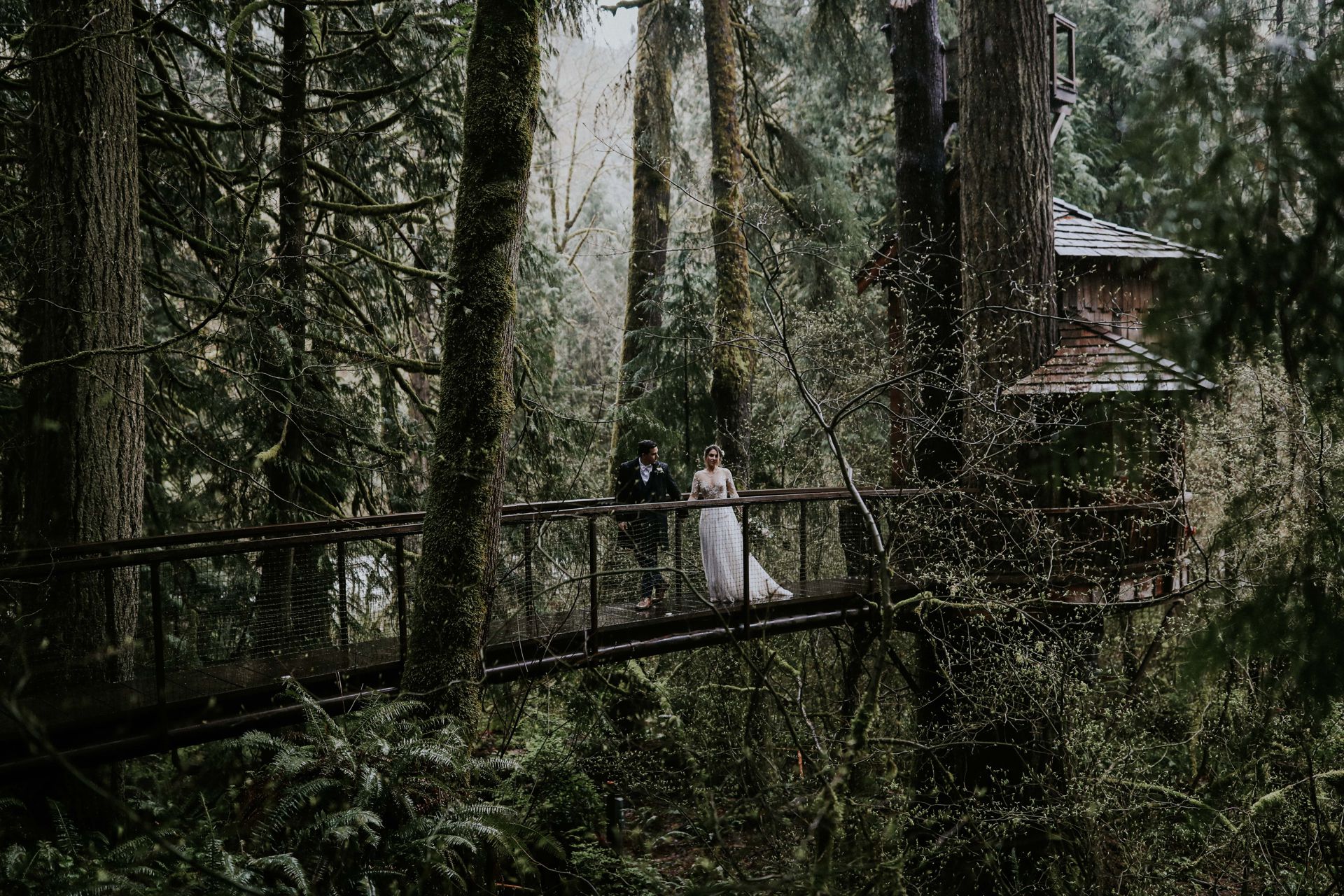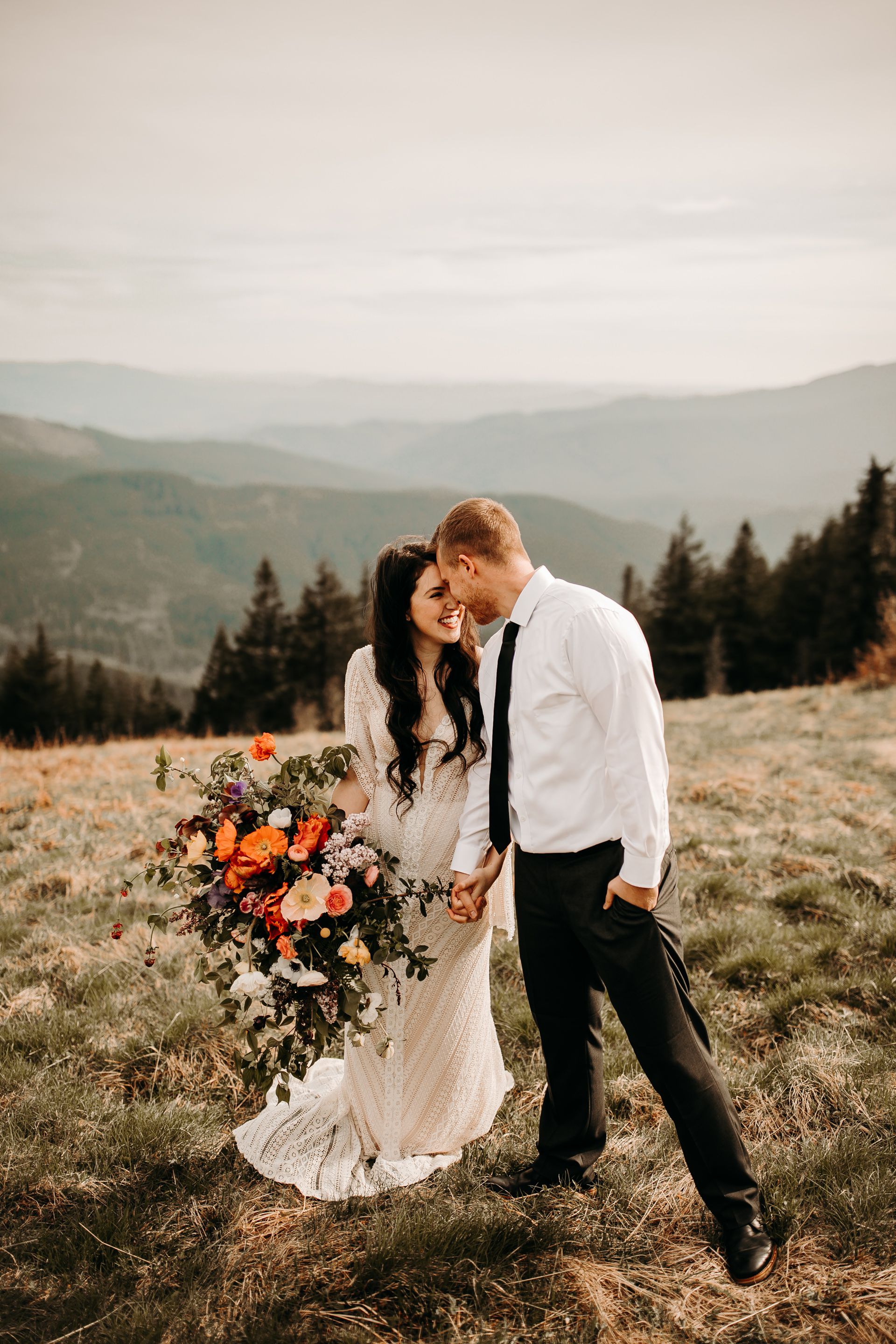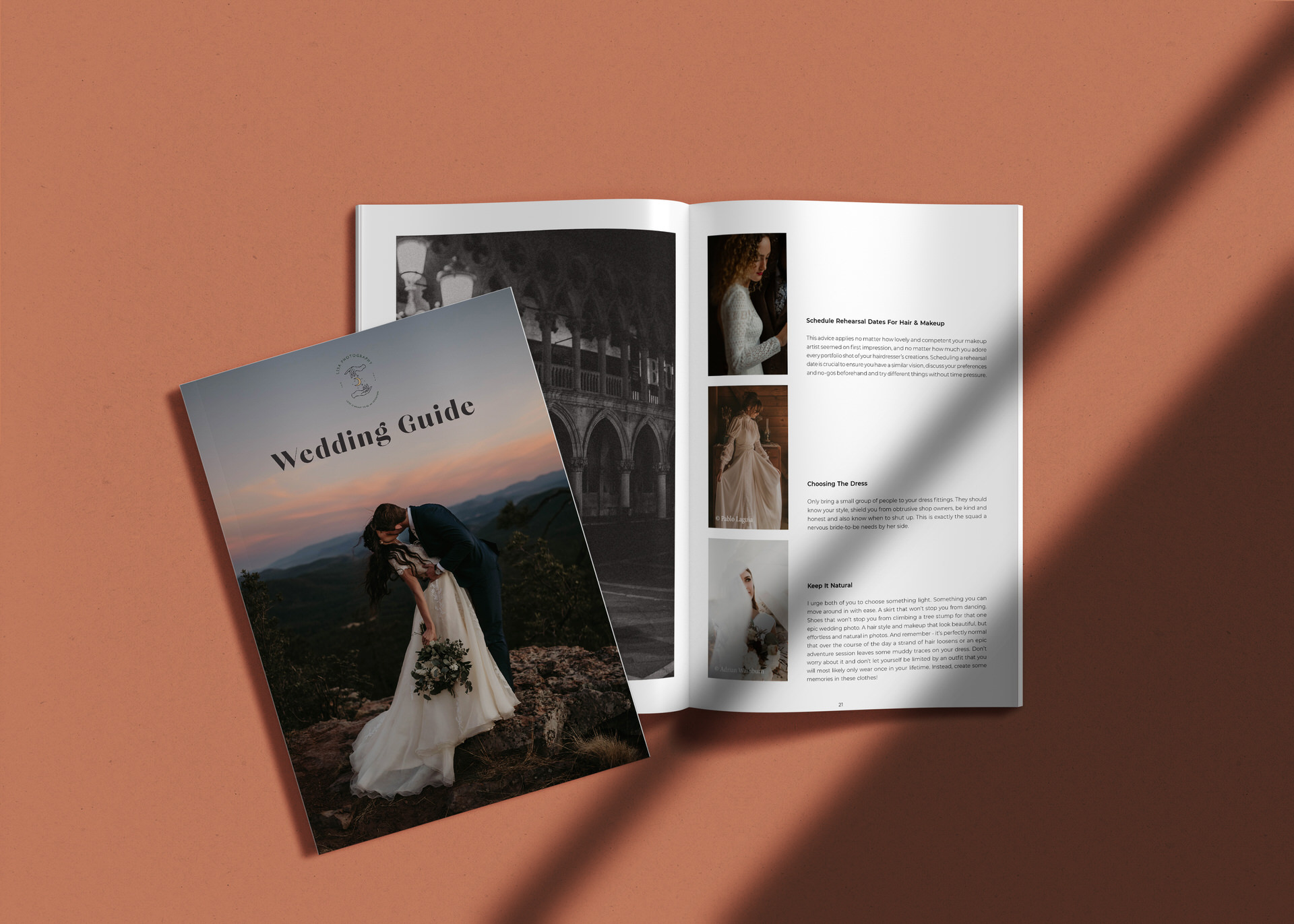There’s no two ways about it: weddings are expensive. From your venue, to your outfits, through to your accommodation and transport, it all adds up. That’s why it’s so important to plan a sensible, manageable budget before you embark on your wedding planning process.
In this article we will guide you through a few simple steps to help with budgeting for a wedding, so that you can focus on the important task of getting hitched (and having a great time!) without financial stress.
Create an overview of your wedding expenses
Before you can begin budgeting for your wedding, you first need to estimate how much you will need to account for all your expenses. This can be quite a challenge if you haven’t yet started planning, so it’s fine if the figure you get to isn’t totally accurate. You can tweak it as you get more settled into the planning process.
To create your overview, you will need to consider all the things that you will have to account for during your day. Depending on the kind of vibe you are going for, do some research to find average costs for the following things:
- Wedding venue
- Registrar costs
- Outfits (including bridesmaid and best men outfits)
- Flowers
- Food
- Fun stuff, like activities for your guests
- Music
- Accommodation
- Wedding favors/ gifts
- Any honeymoon costs
- Any extra legal costs
- Decorations
Photographer: Lynn Lewis
These are the broad categories of expenses that you will have to budget for, so it will really help if you have a clear idea of how much you need before you begin. If you need a hand figuring out how much of your total budget you should expect to spend on each of these categories, The Knot created a wedding cost distribution which might help.
Don’t forget the little things
There will be countless small expenses that you overlook during this initial budget scoping process, but they will very quickly add up. Don’t forget to account for things like stamps for your invitations, or any crafty decorations you plan to DIY. They might only cost a few dollars each, but over time it will soon add up.
Once you have found estimates for the above expenses, add them all into an excel sheet or a budgeting app (we love Mint) to help you stay on track.
Understand your wedding needs from your wedding wants
Now you know how much you will need each month, it’s time to figure out if you can actually afford it all. If your budget is more than you have available, it’s time to reign things in a bit. To do this, you need to separate your wedding needs, from your wedding wants.
Don’t shoot the messenger, but most of the things you things you think you „need“ for your wedding, are actually just things you want. Even though you might be able to find really good excuses for all the things you’ve got in mind for the day, the reality is that your budget is probably stretching to include things that you could live without.
Your wedding needs are the things that are absolutely necessary for you to be able to get married, which basically means any legal costs to get hitched. Everything else falls into the want category. For example, you might need a venue, but do you really need a venue that holds 200 people? Probably not.
Photographer: Lim Photo and Film
Prioritize your wedding budget
It’s tough, but in order to keep your wedding budget on track, you have to prioritize your expenses.
Divide all your outgoings into two categories: needs and wants. Put every single one of your wedding expenses into one of the two categories.
Be honest with yourself when you do this. Your dress, venue and catering are all definitely needs, but the expensive packages you’ve been looking at? That’s probably a want.
Creating this distinction doesn’t mean that you will then cut out all the great stuff in your want pile – that would be no fun. Rather, it gives you the overview you need to make a balanced budget that makes room for some wants, whilst still allowing you to stay on track.
If you’re running over budget, it’s time to find ways to pare back your costs. This might include cutting down your guest list, opting for a cheaper outfit, or calling in some favors from friends to help out with your flower arrangements. Pick a few things that are non-negotiable, and allocate a set budget for those things. Everything else should then be open to cutting costs. You might, for example, decide that the guest list is non-negotiable, in which case maybe you then opt for a less expensive menu.
It’s all about balance, and making sure that you compromise where it’s comfortable to do so.
Photographer: Rachel Traxler
Track and adjust along the way
As you settle into the stride of your wedding, you will probably realise that the initial estimates you set for each category of expenses was a bit off. The best way to spot this is to track your spend each day or each week, and see how you are stacking up against your original plans.
Perhaps you spent less on flowers than you thought? Or maybe your live band spend blew way out of proportion? Whatever the situation – good or bad – take some time once a month to make sure that your budget still makes sense, and adjust it if not.
There are lots of budgeting apps that can help you to track your spend, or you can simply make a note on your phone every time you buy something and then log it and excel sheet.
It might be tough at first, but by sticking with these 5 steps to budgeting for wedding you’ll be well on your way to an amazing, financially healthy, and totally special day. Have fun with it, and enjoy your planning!
Connection is what it’s all about. Feel free to reach out to us with any comments or questions you might have, even if it’s only to say hello. If it wasn’t for our beautiful community, this place just wouldn’t feel the same.















0 Comments